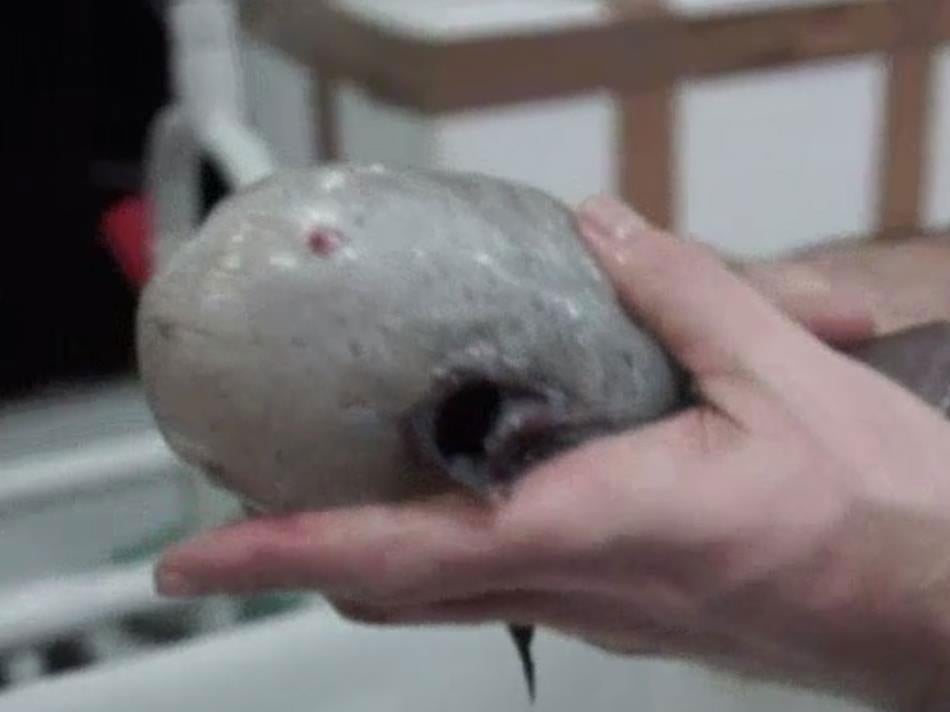'Faceless' fish discovered in deep sea off Australia
'It hasn't got any eyes or a visible nose and its mouth is underneath'

Your support helps us to tell the story
From reproductive rights to climate change to Big Tech, The Independent is on the ground when the story is developing. Whether it's investigating the financials of Elon Musk's pro-Trump PAC or producing our latest documentary, 'The A Word', which shines a light on the American women fighting for reproductive rights, we know how important it is to parse out the facts from the messaging.
At such a critical moment in US history, we need reporters on the ground. Your donation allows us to keep sending journalists to speak to both sides of the story.
The Independent is trusted by Americans across the entire political spectrum. And unlike many other quality news outlets, we choose not to lock Americans out of our reporting and analysis with paywalls. We believe quality journalism should be available to everyone, paid for by those who can afford it.
Your support makes all the difference.A ‘faceless’ fish has been dredged up from a seabed 4km deep by a team of researchers investigating “the most unexplored environment on Earth”.
The fish, which is just under half a metre long, has no discernible eyes or other facial features at the front of its body. It has a mouth, but this is on the underside of the fish.
It was discovered by the crew of The Investigator, a ship which is surveying life in the deep waters between Tasmania and the Coral Sea.
Tim O'Hara, of Museums Victoria, who is the vessel’s chief scientist, told the AFP news agency: “It hasn't got any eyes or a visible nose and its mouth is underneath.”
His colleague, Di Bray, also of Museums Victoria, said the find was the “highlight” of the trip so far.
“Apparently, it’s got eyes way under the surface but really you can't see any eyes,” she told Australia’s ABC News.
“We've seen some awesome stuff.
“On the video camera we saw a kind of chimaera that whizzed by – that’s very, very rare in Australian waters.
“We’ve seen a fish with photosensitive plates that sit on the top of its head, tripod fish that sit up on their fins and face into the current.”
It is thought to be the first time such a fish has been caught since 1873 when one was recorded by the crew of HMS Challenger off the coast of Papua New Guinea.
Join our commenting forum
Join thought-provoking conversations, follow other Independent readers and see their replies
Comments